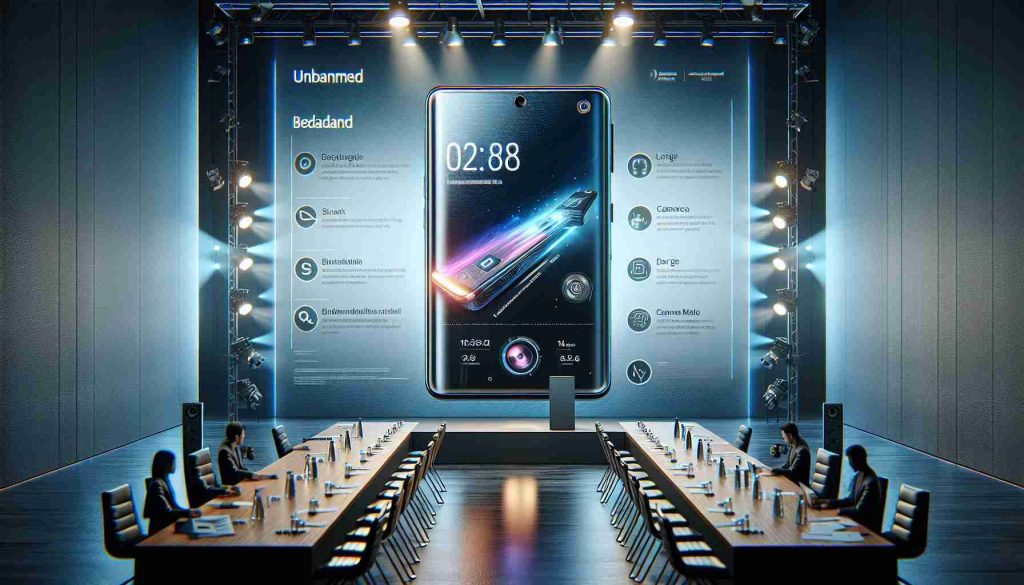June saw the release of the ‘Galaxy A35 5G’, a budget-friendly smartphone priced under 400,000 won, yet equipped with premium display and camera features. The surge in popularity of low-cost smartphones is remarkable, as they offer essential functions at a fraction of the price of premium devices.
According to Counterpoint Research, budget smartphones accounted for 37% of global smartphone sales in the second quarter of this year, surpassing 100 million units sold and marking a 10% growth compared to the previous year.
In terms of market share among budget models, Xiaomi’s ‘Redmi 13C 4G’ led with 4.1%, closely followed by Samsung’s ‘Galaxy A05’ at 4%. Other notable models included Samsung’s ‘Galaxy A15 4G’ and Xiaomi’s ‘Redmi 13C 5G’, showcasing a competitive landscape.
With both international and domestic manufacturers ramping up high-spec offerings in the mid-range segment, consumers now enjoy more choices than ever. Recently, Samsung and Xiaomi have consistently launched 5G-equipped mid-tier smartphones.
These models are also enhancing camera and display capabilities. The ‘Galaxy A35’ features a super AMOLED display with a 120Hz refresh rate and advanced night photography capabilities, while the ‘Galaxy A15’ boasts a powerful 50MP rear camera.
Counterpoint Research forecasts an 11% growth for the budget smartphone market this year, driven mainly by developing regions. This trend indicates a fundamental shift in consumer preferences towards more affordable yet capable devices.
Emerging Trends in Budget Smartphones: Innovations and Implications for Consumers
The budget smartphone sector is experiencing significant transformations, driven by technological advancements and shifting consumer preferences. As more users seek value for their money, the mobile industry is responding with innovative features and competitive pricing strategies.
What are the latest trends in budget smartphones?
One of the most notable trends is the integration of Artificial Intelligence (AI) in budget smartphones. Features such as AI-enhanced photography, which optimizes camera performance based on lighting conditions, are becoming increasingly common. Brands are also focusing on energy-efficient processors, enabling better performance without compromising battery life. Additionally, the rise of “smartphone-as-a-service” models is emerging, where consumers can pay a subscription fee for device upgrades and maintenance, making premium features more accessible.
Another trend is the shift towards sustainability. Companies are now investing in eco-friendly materials and practices to attract environmentally conscious consumers. This includes using recycled plastics and offering trade-in programs for old devices.
Key challenges and controversies in the budget smartphone market
Despite the growth and innovation in the budget smartphone segment, several challenges persist. One significant issue is the balance between cost and quality. Many budget smartphones, while affordable, sometimes compromise on durability and long-term software support. This raises concerns about e-waste and consumer satisfaction at the end of the product’s lifecycle.
Additionally, there is ongoing controversy regarding data privacy on budget devices. Many users may not be aware of how their personal information is handled, particularly with brands that might not have the same security protocols as premium manufacturers.
Advantages and disadvantages of budget smartphones
Advantages:
1. Affordability: Budget smartphones make technology accessible to a broader audience, including individuals in developing regions.
2. Essential Features: Many budget models now come equipped with decent cameras, good battery life, and satisfactory performance, meeting the basic needs of most users.
3. Variety of Choices: Increased competition among manufacturers has resulted in a diverse range of options, allowing consumers to find devices that suit their preferences and budgets.
Disadvantages:
1. Limited Longevity: Budget smartphones often have shorter lifespans and may not receive software updates as frequently as premium models.
2. Performance Constraints: While many budget devices are improving, they may still struggle with the latest apps and multitasking due to limited processing power and RAM.
3. Build Quality: Cost-cutting can lead to inferior build quality, which may affect durability and user experience.
Conclusion
The budget smartphone market is evolving rapidly, with companies striving to deliver high-value products in response to growing consumer expectations. While challenges remain, the future appears bright for this segment, particularly as manufacturers embrace technology and sustainability in their designs.
For further insights on mobile technology and smartphone trends, visit Counterpoint Research.























